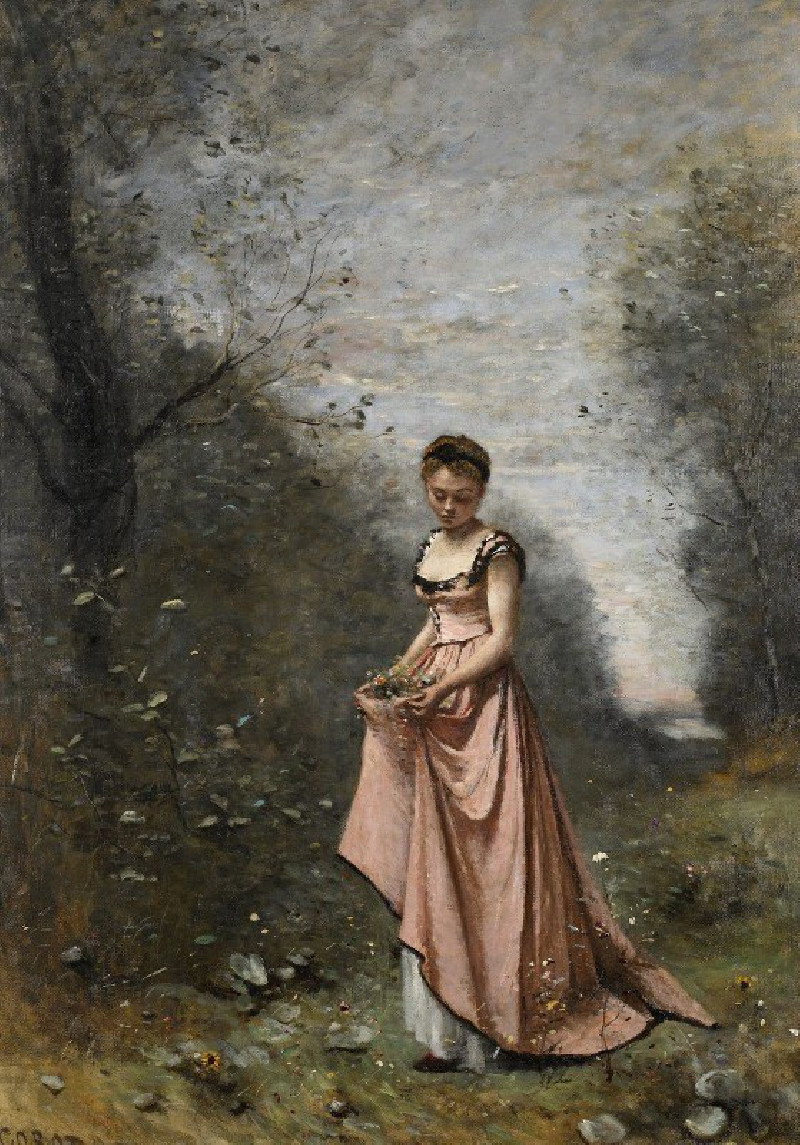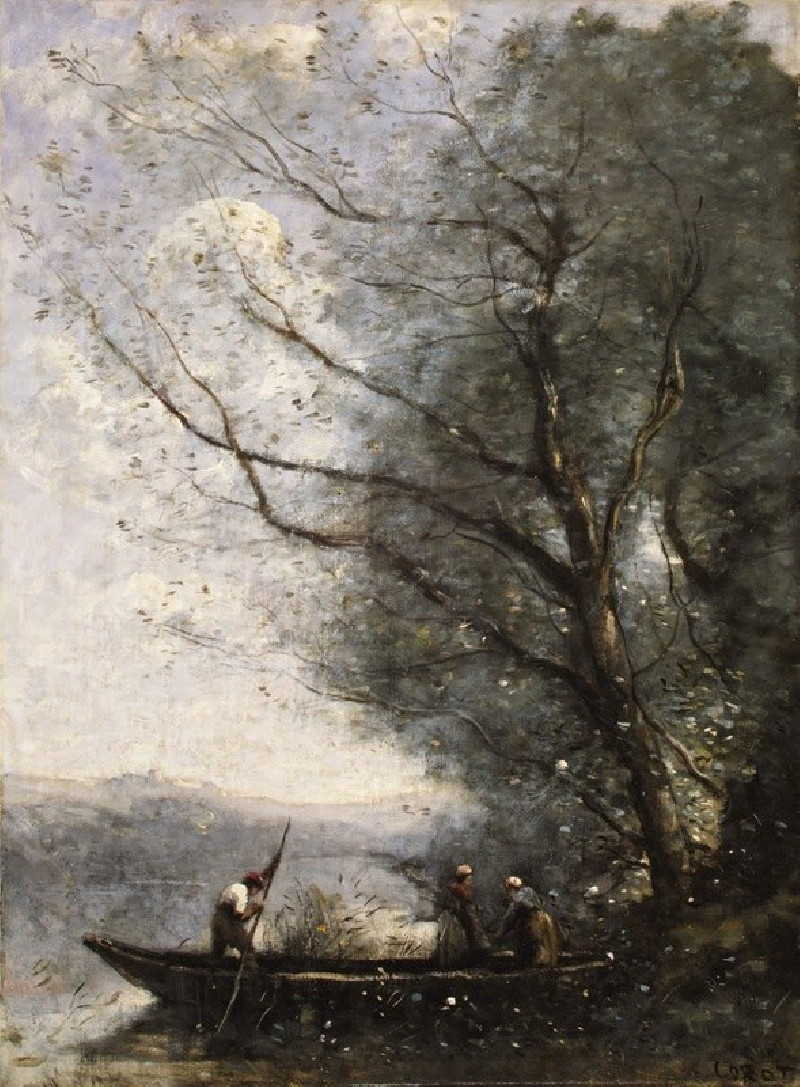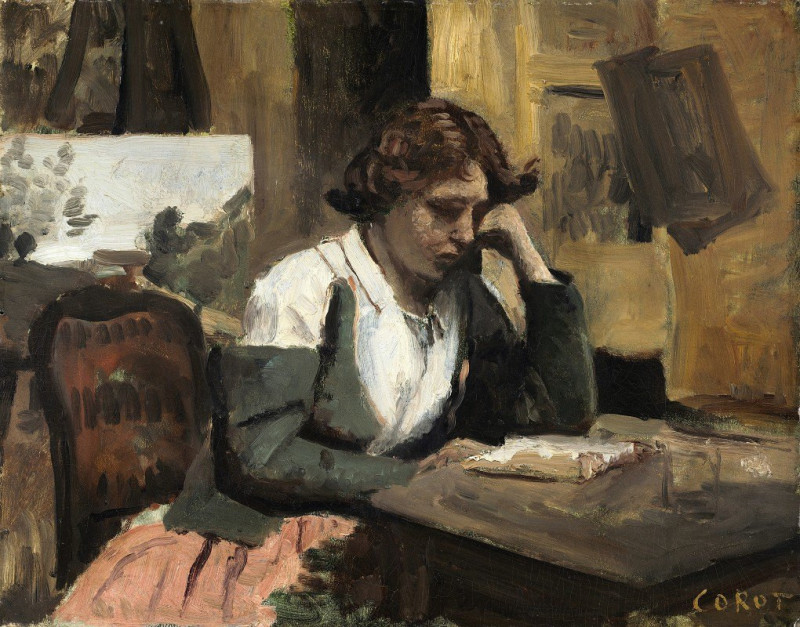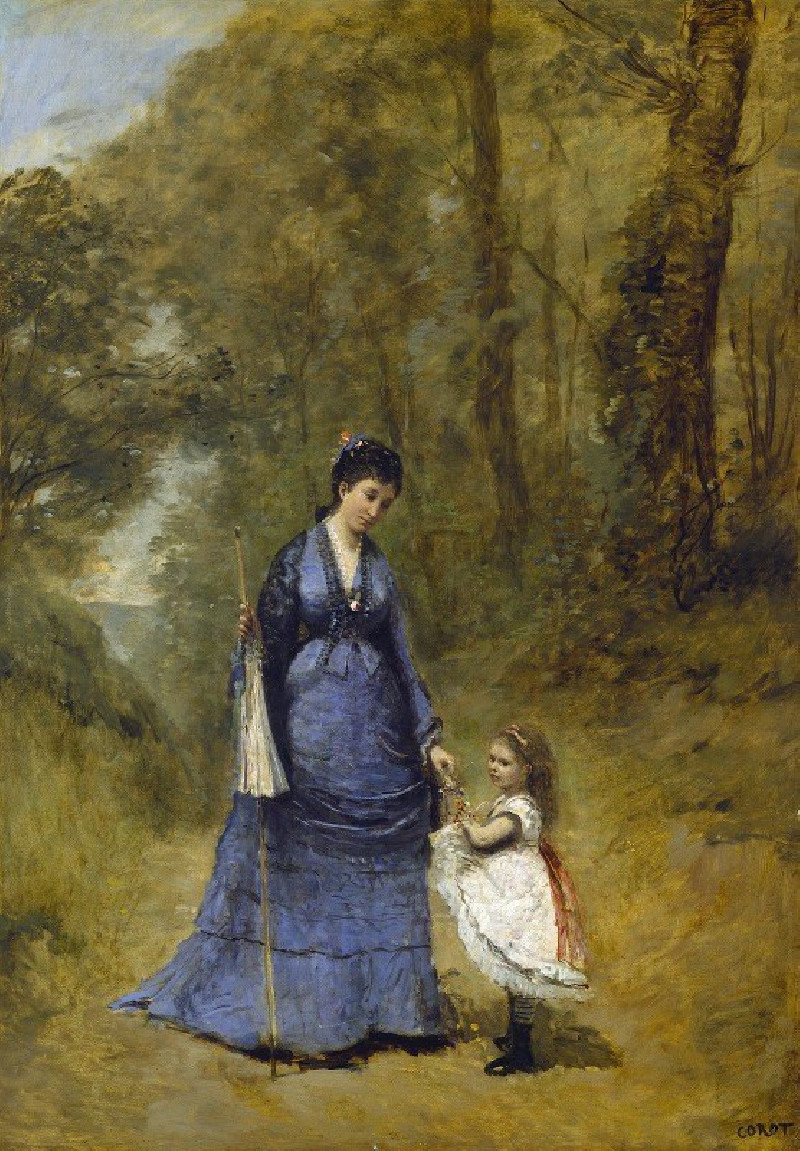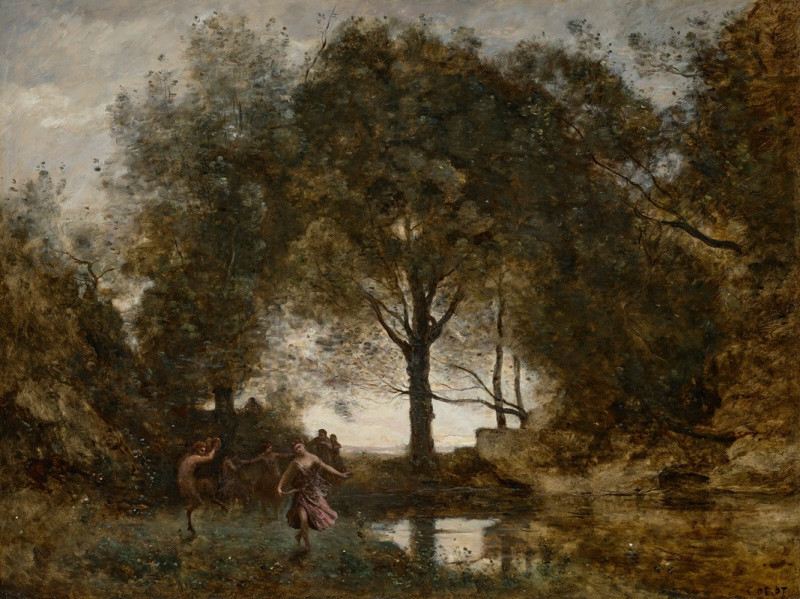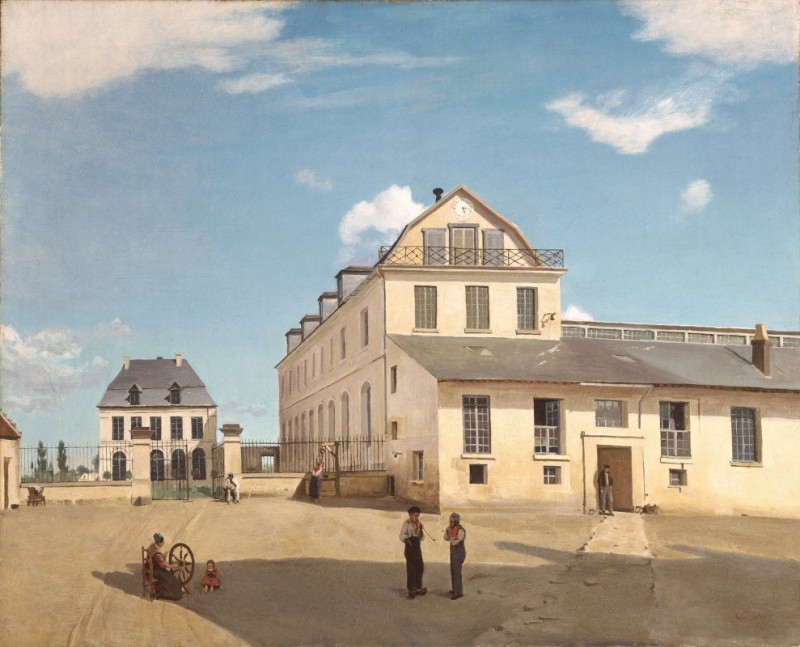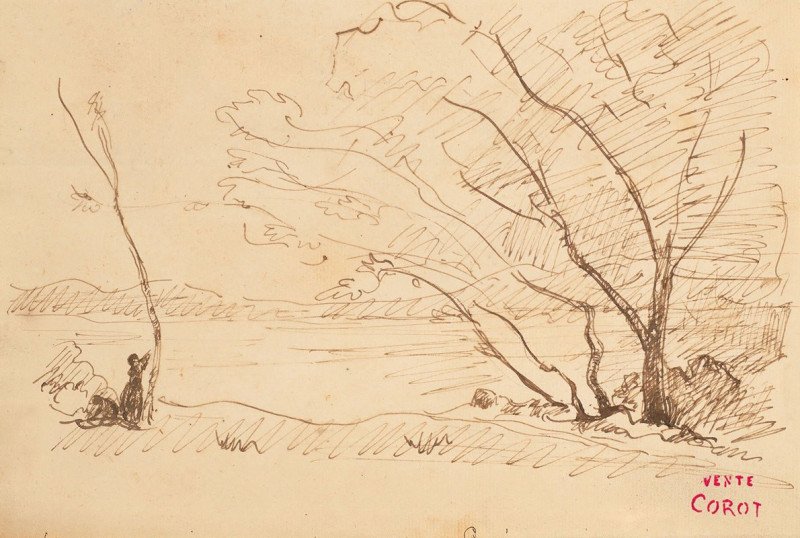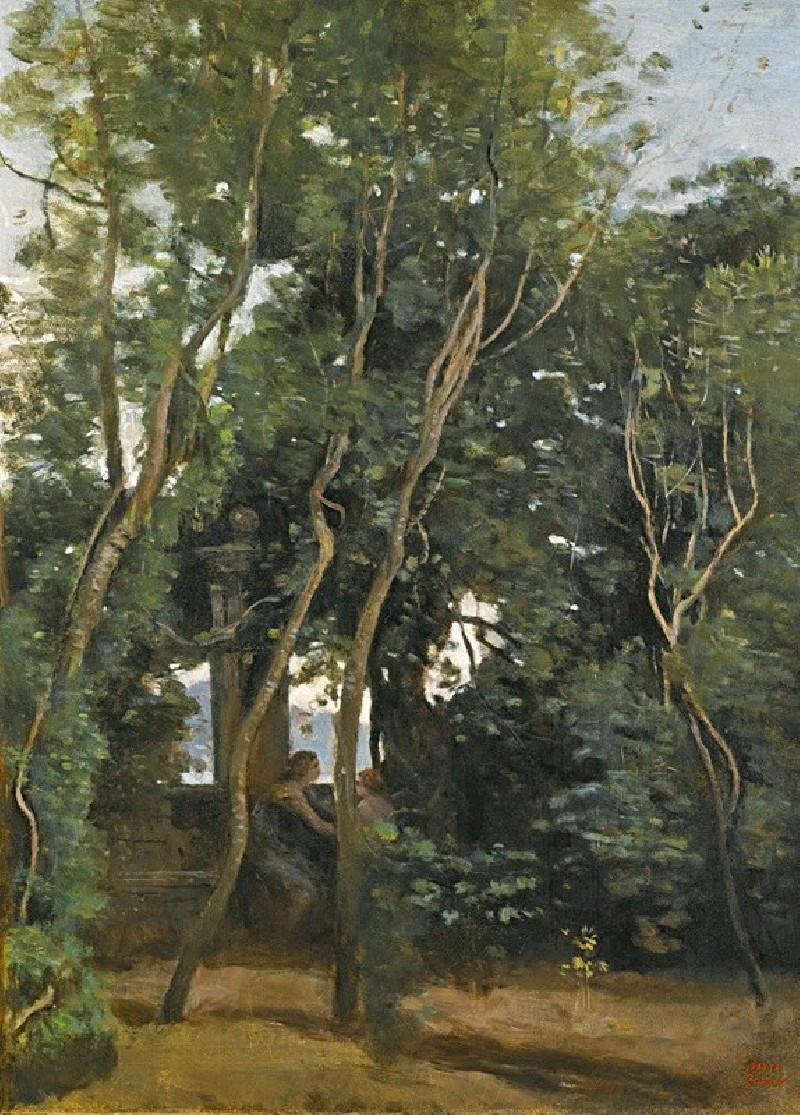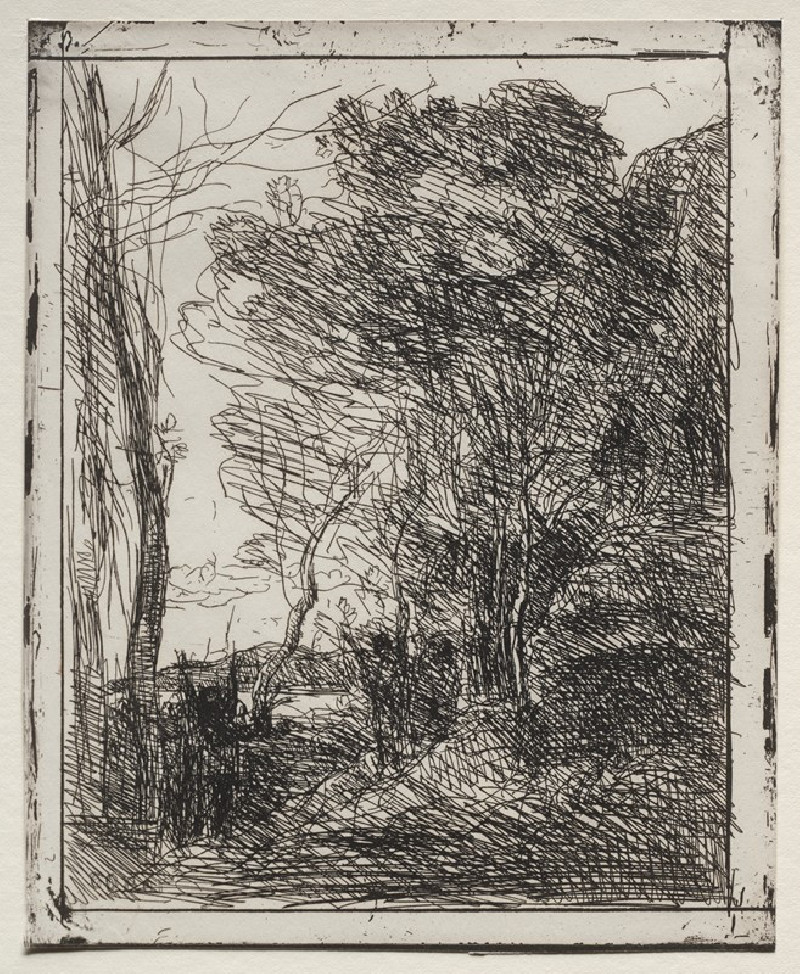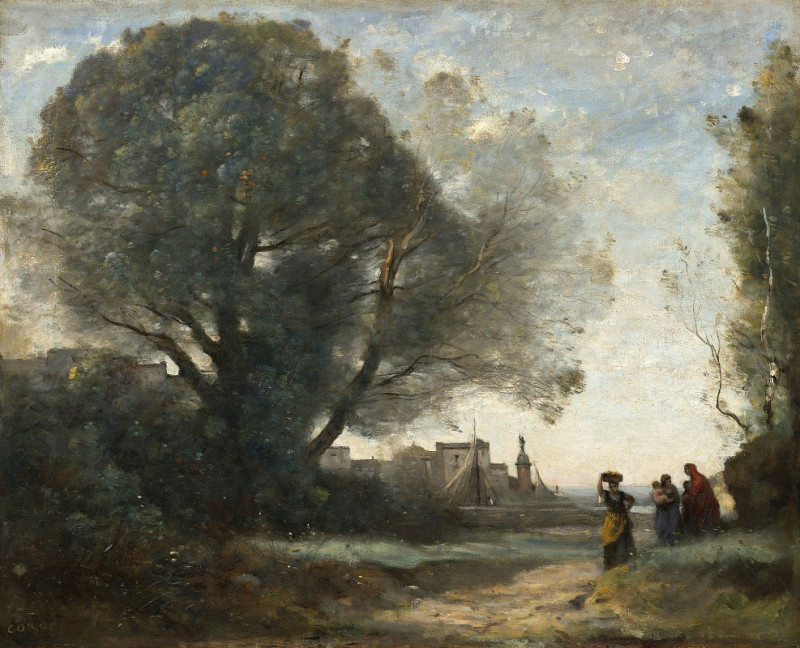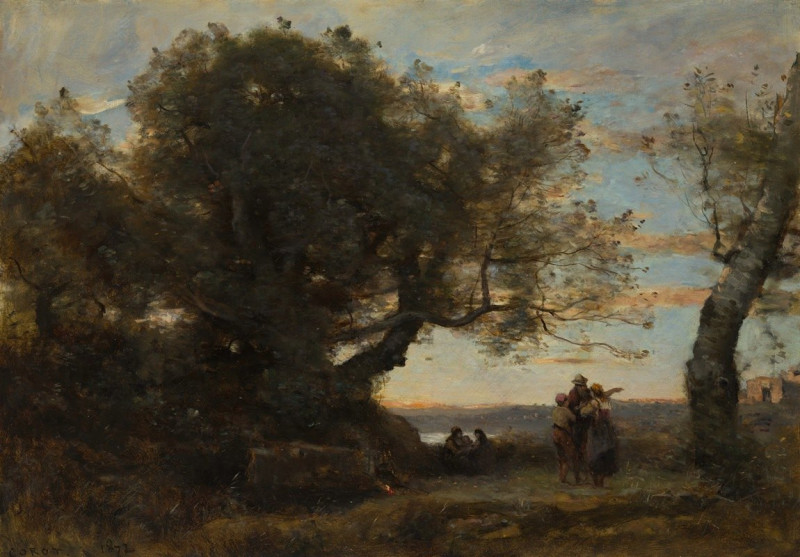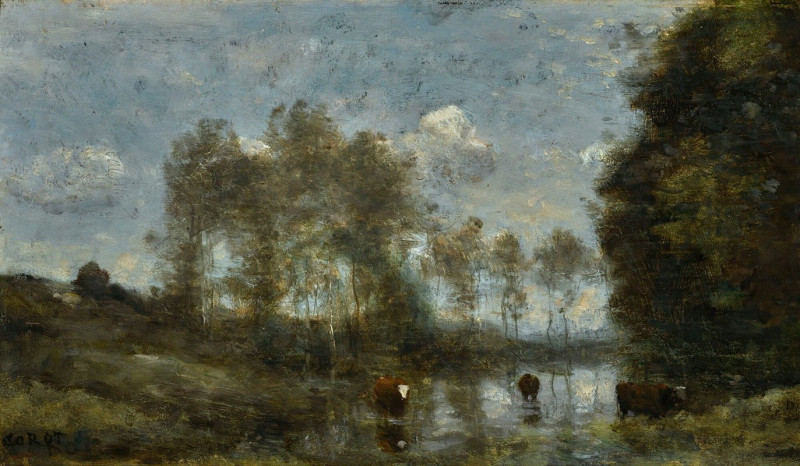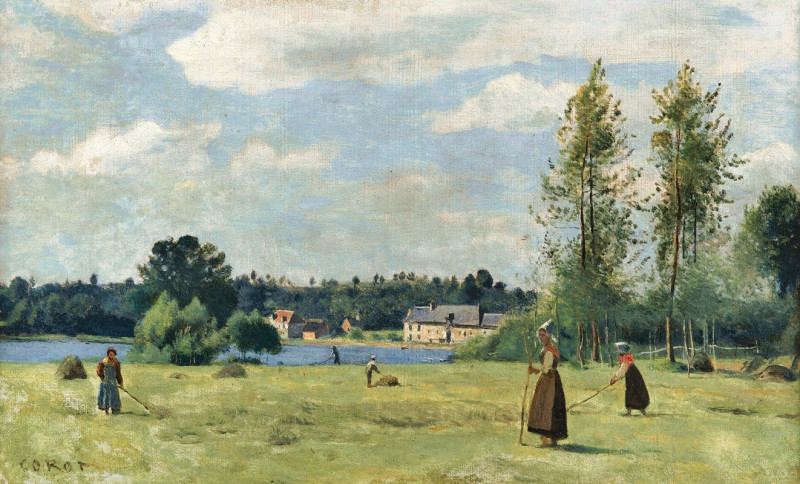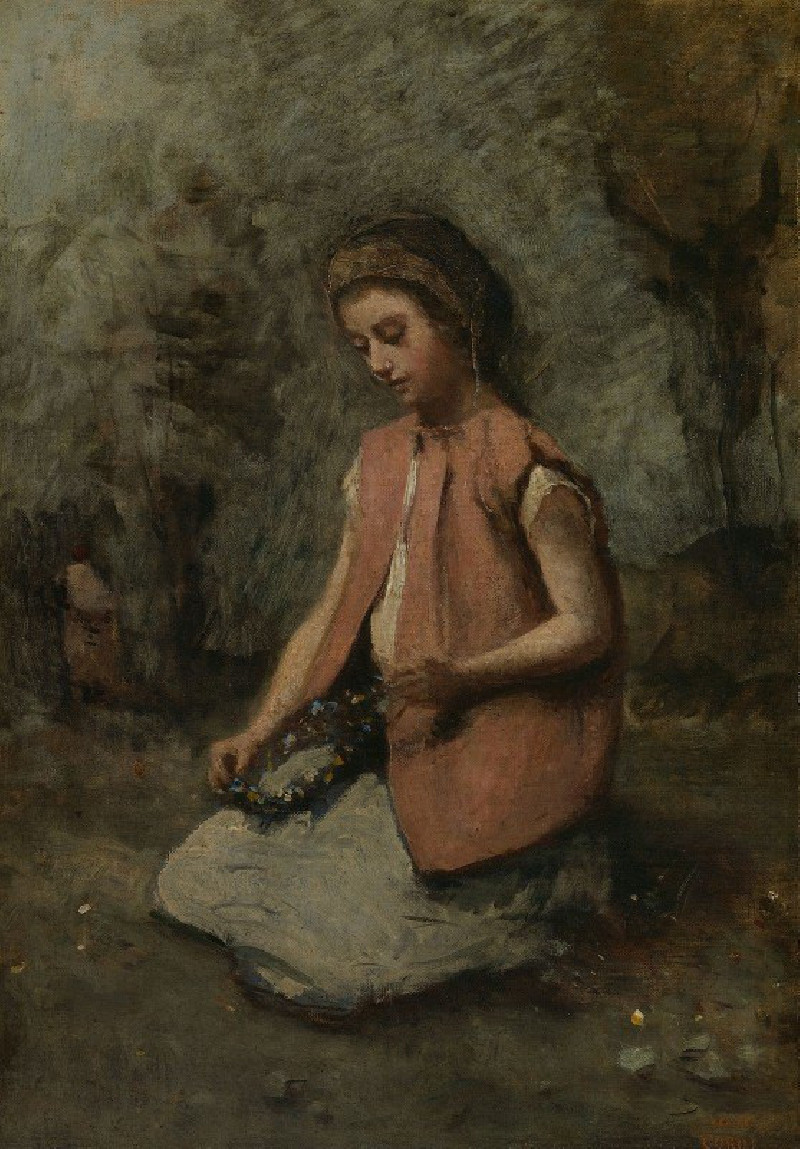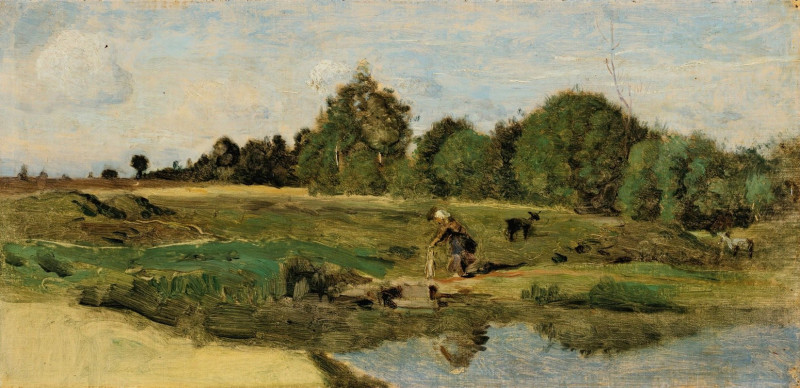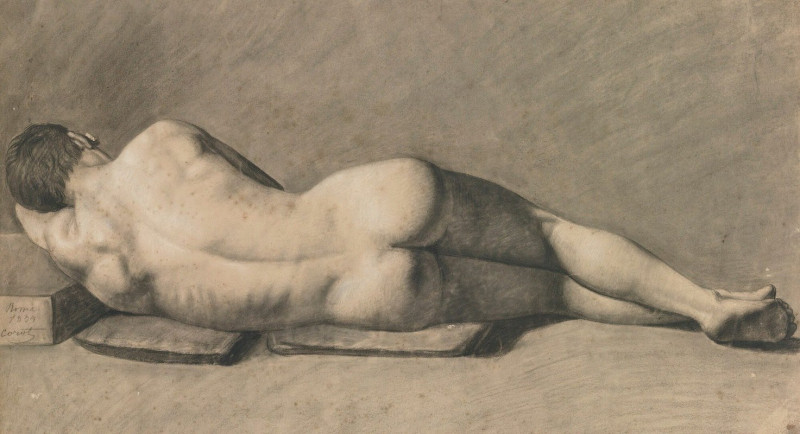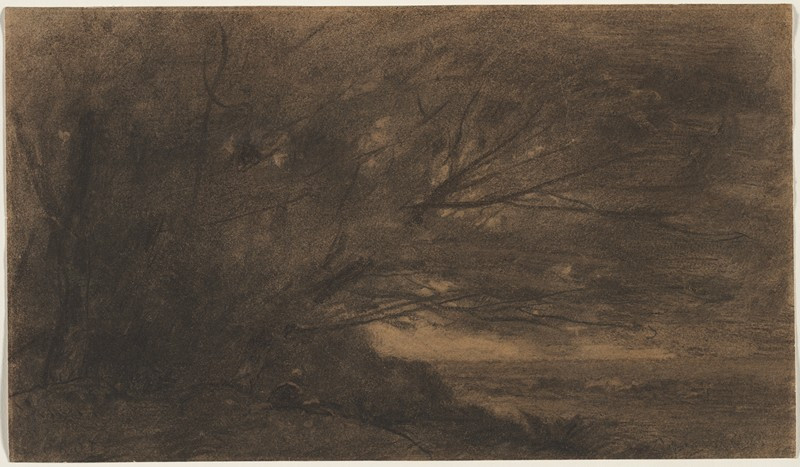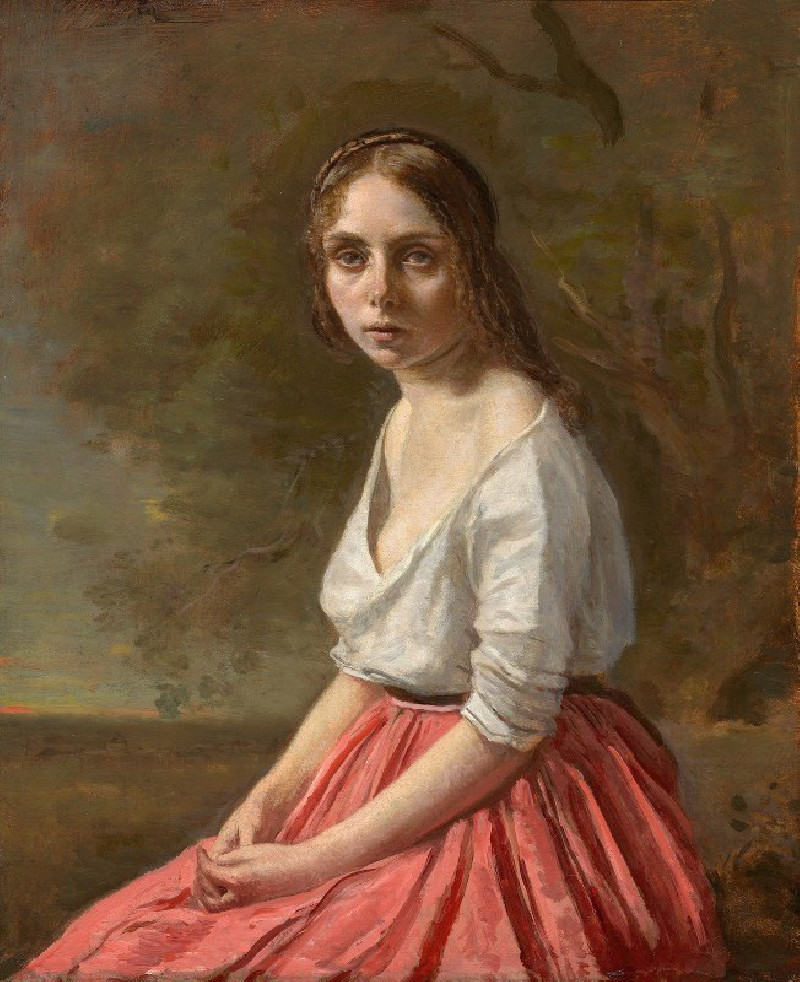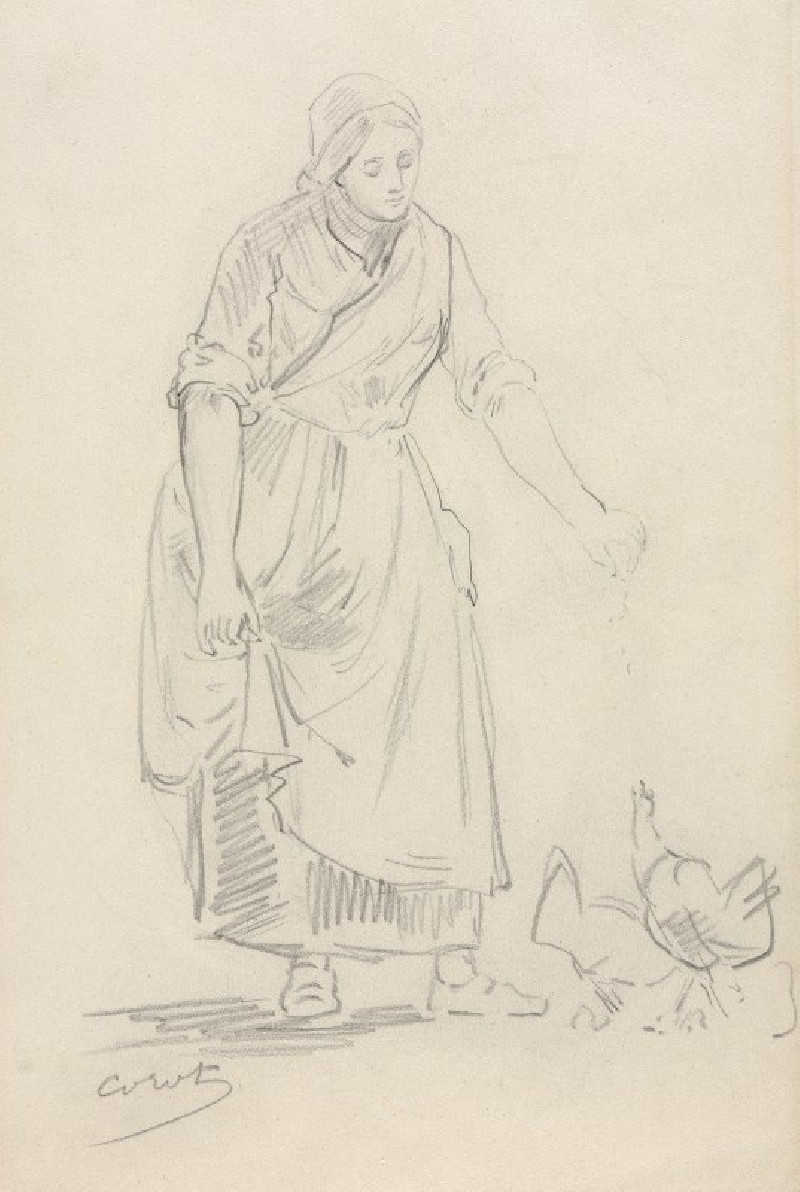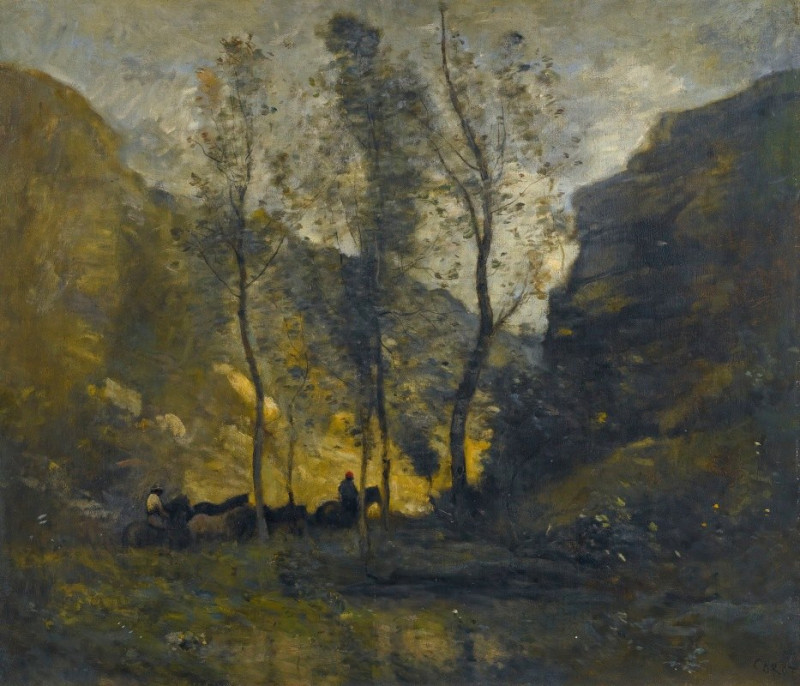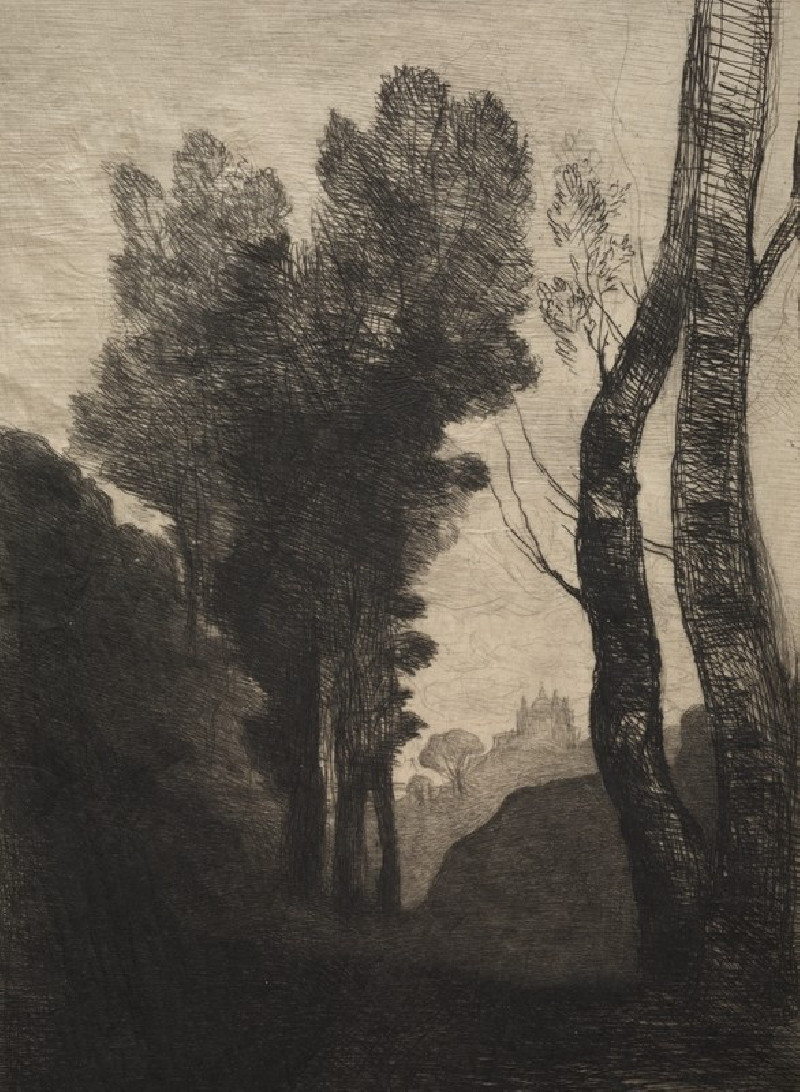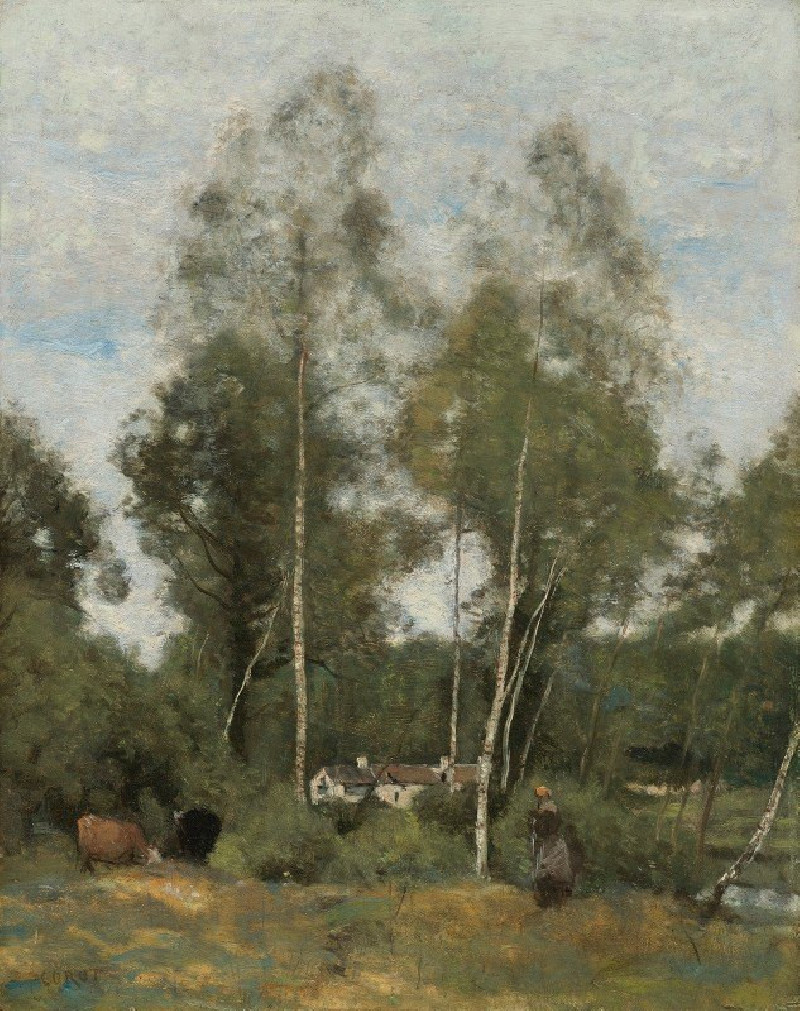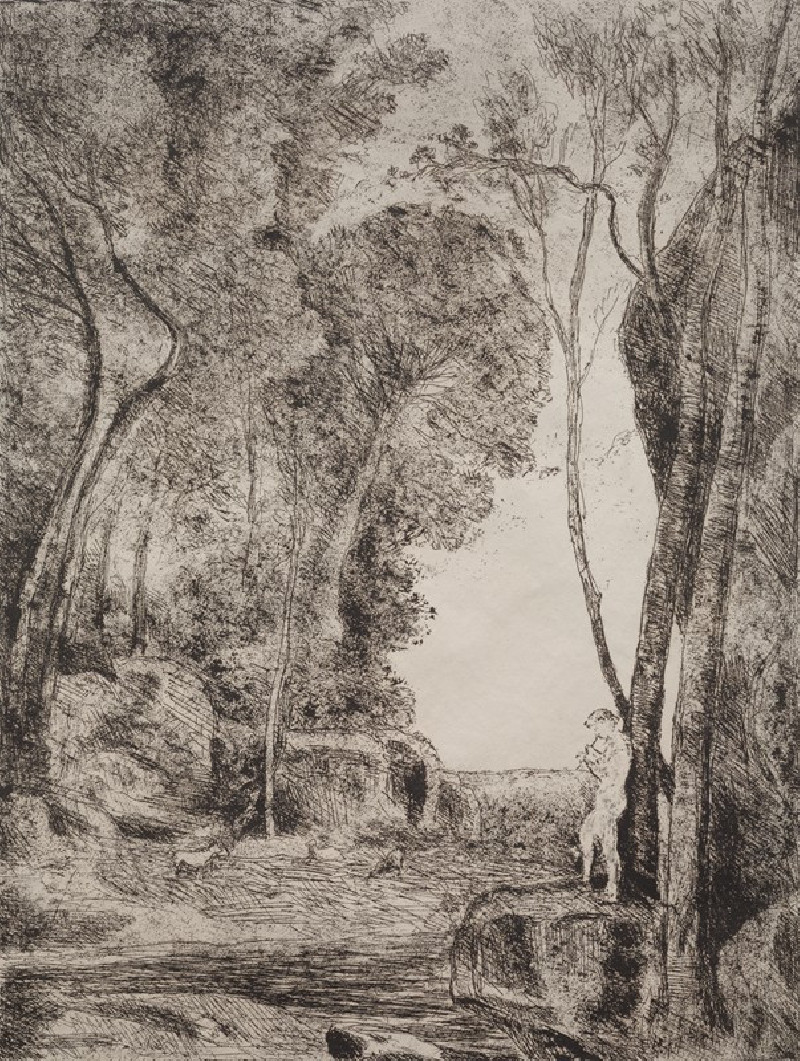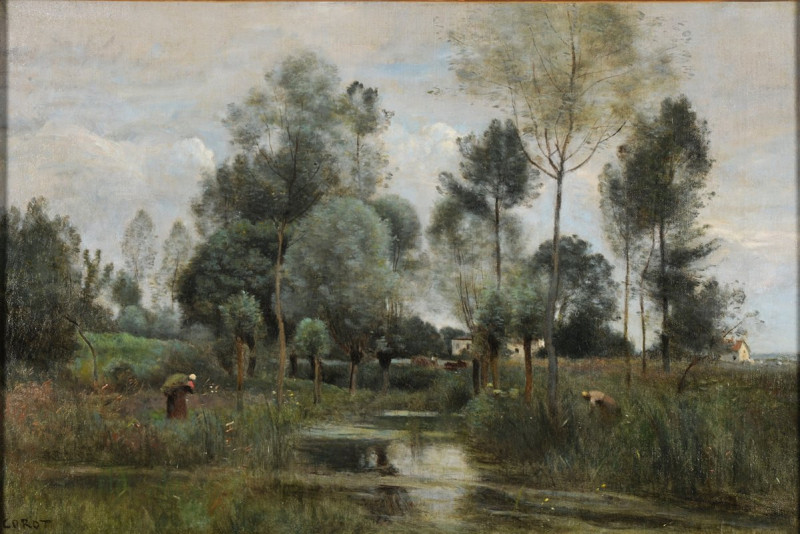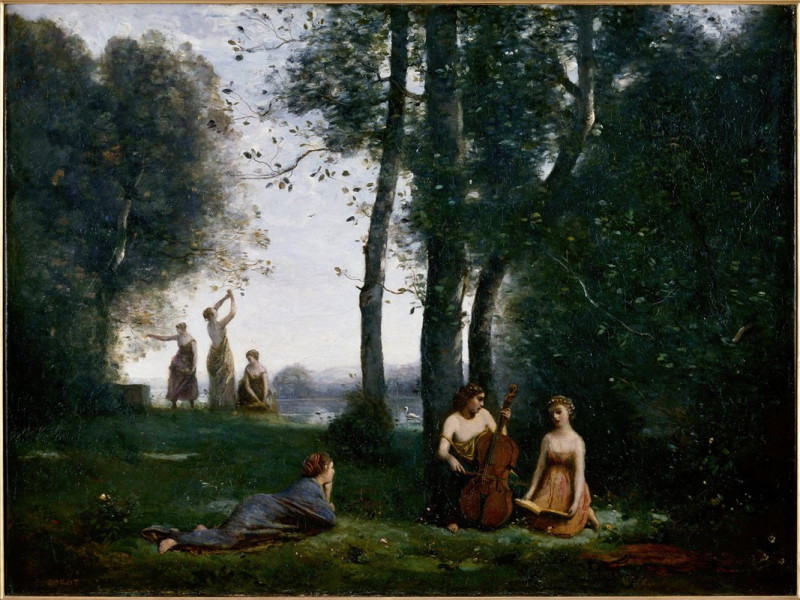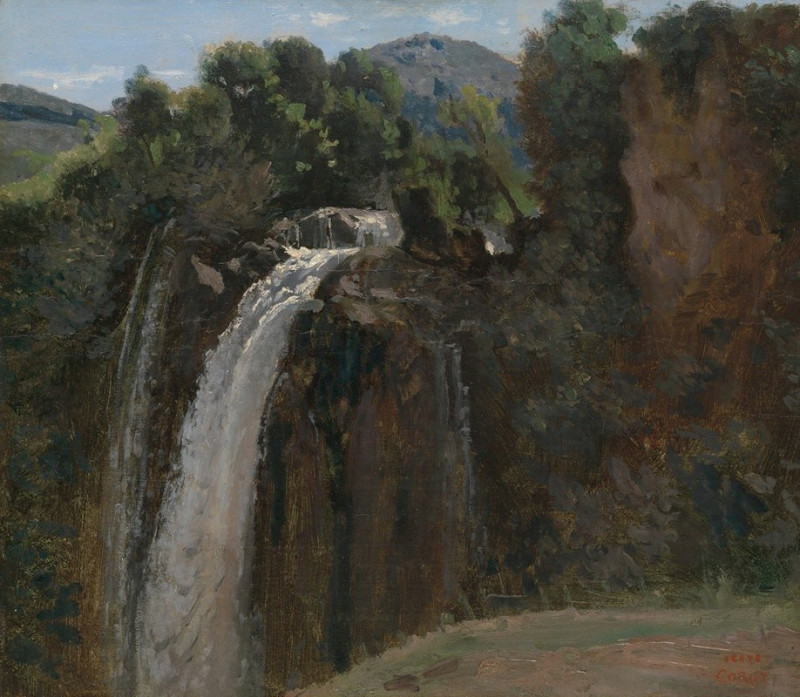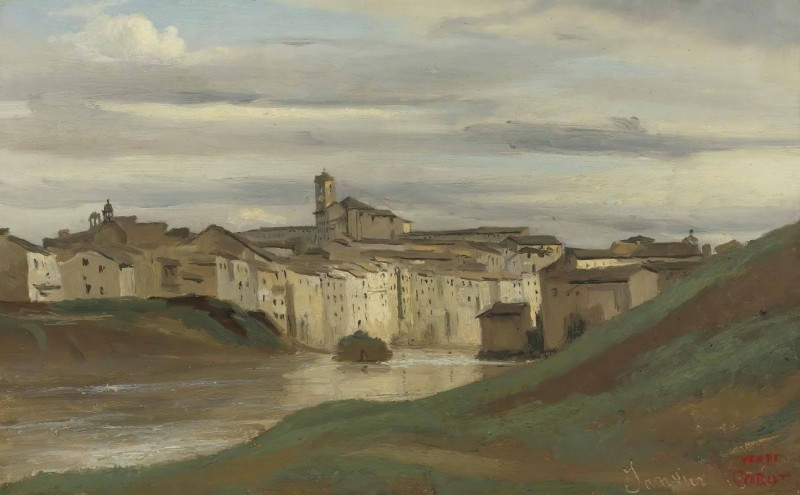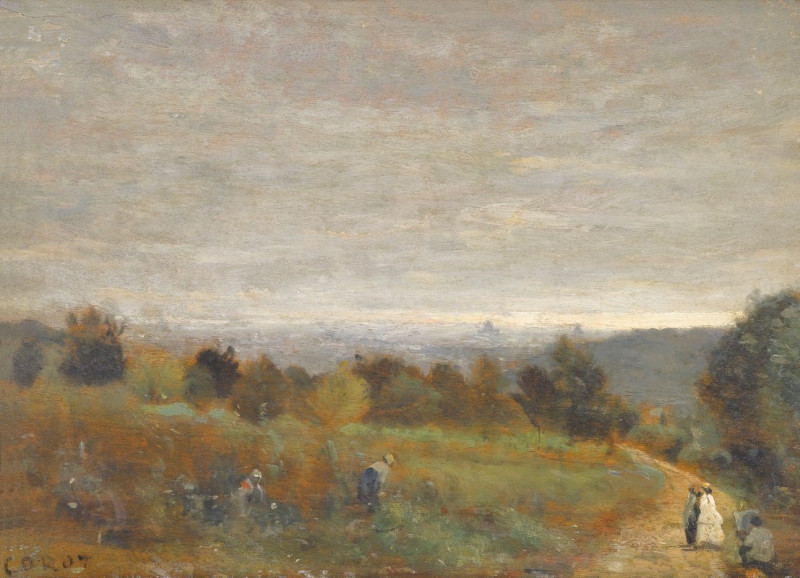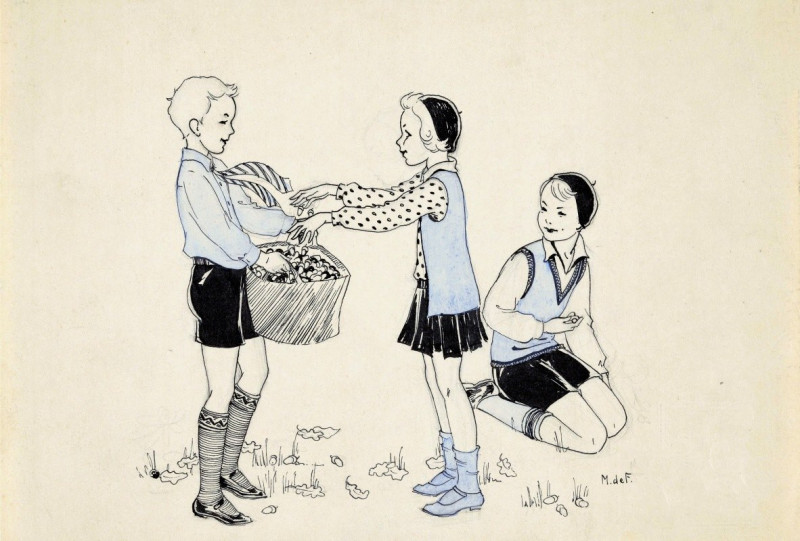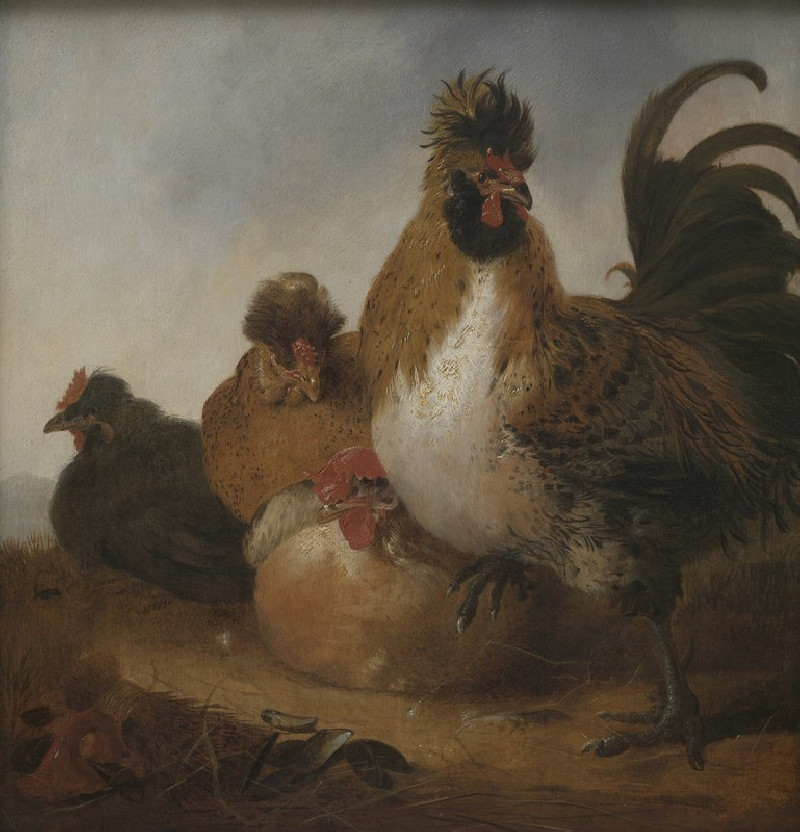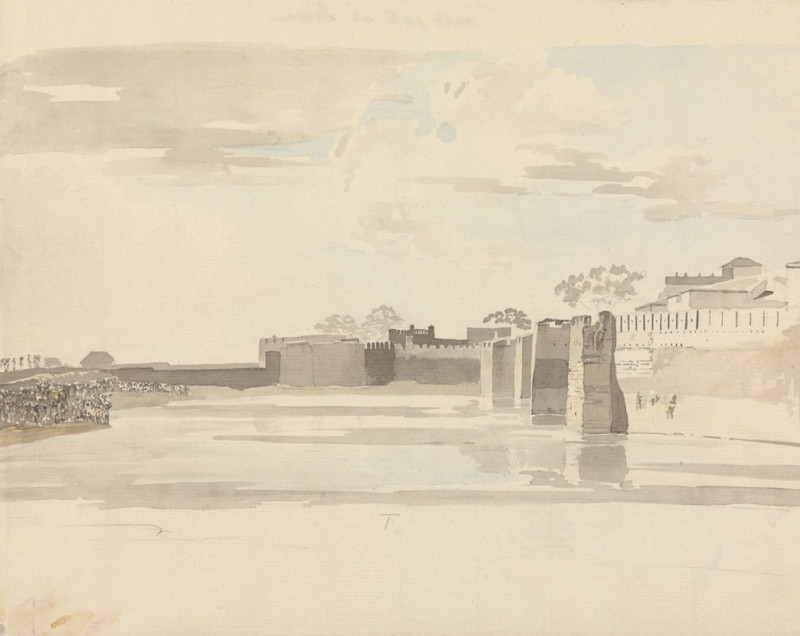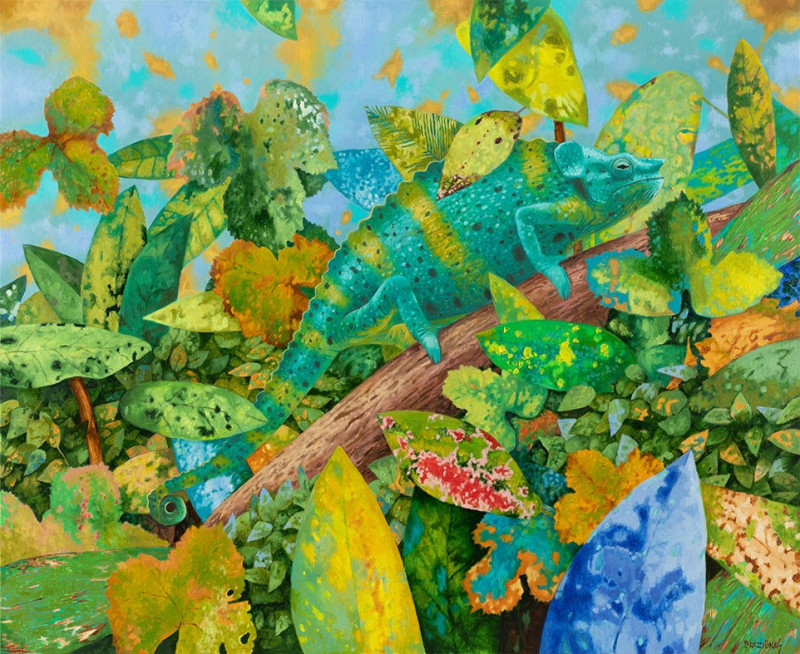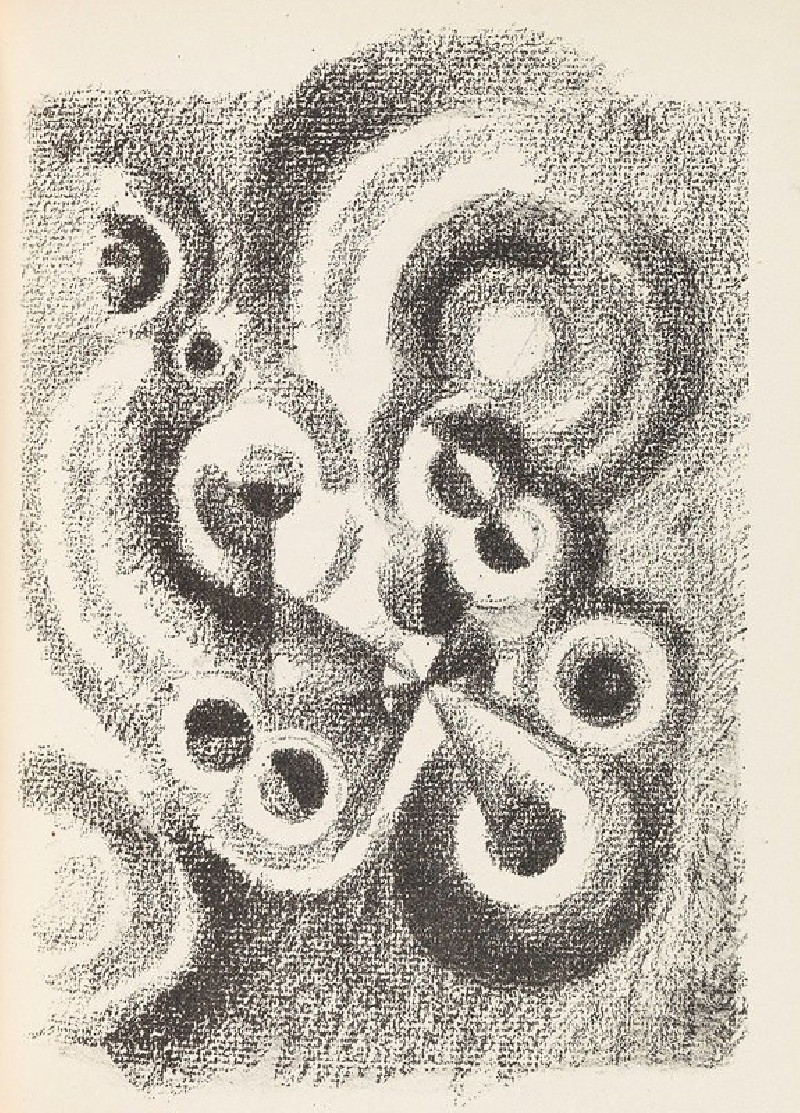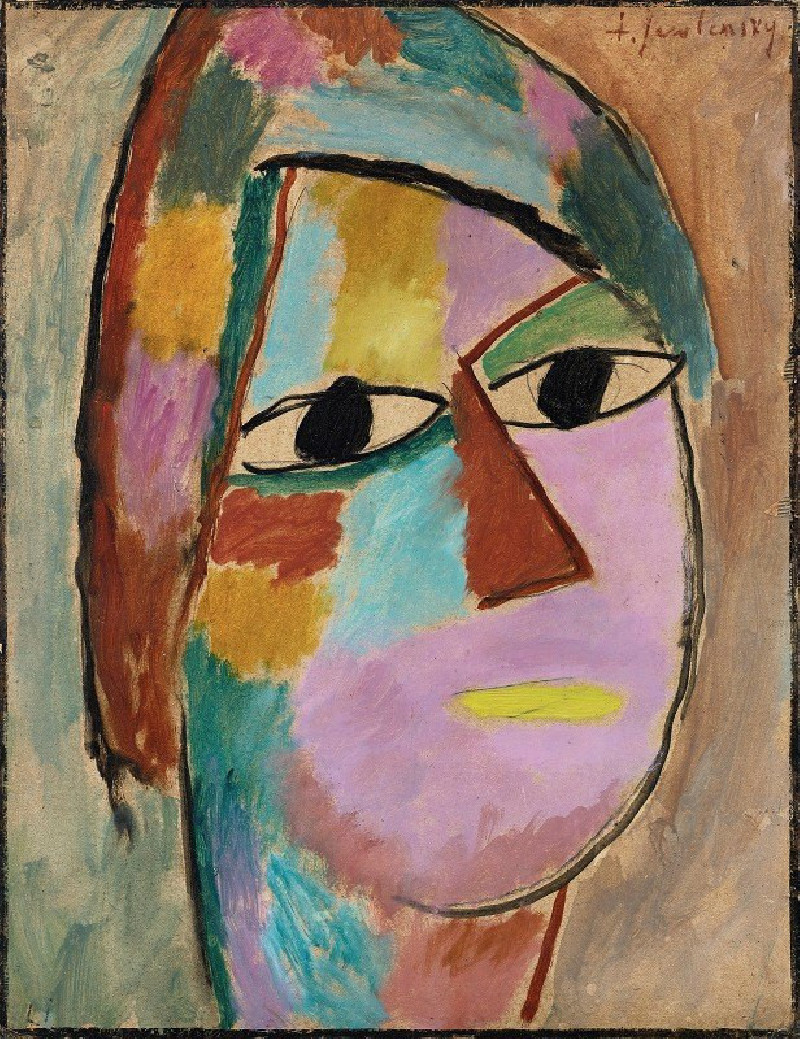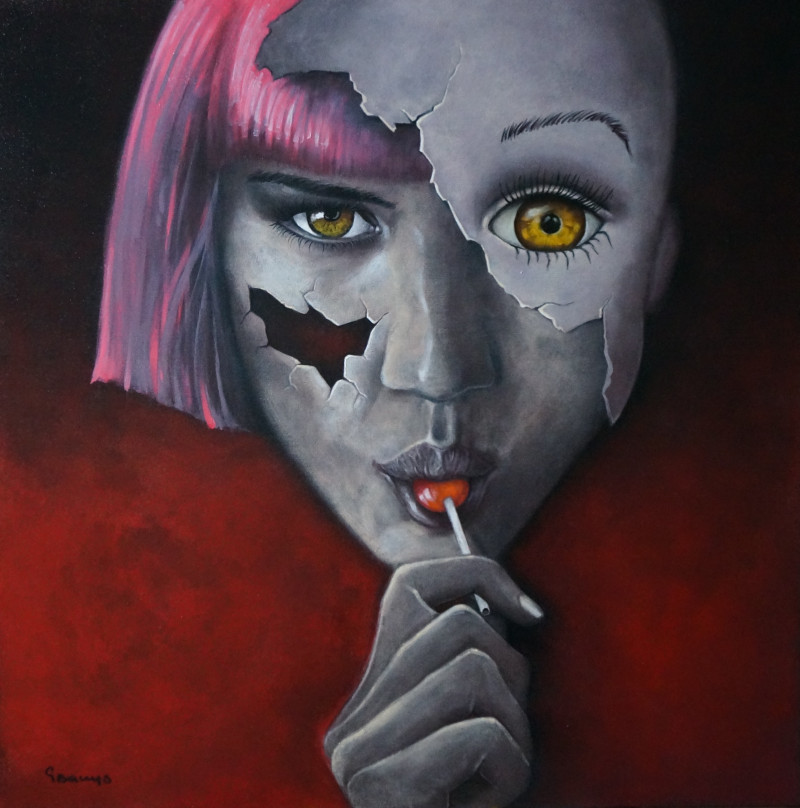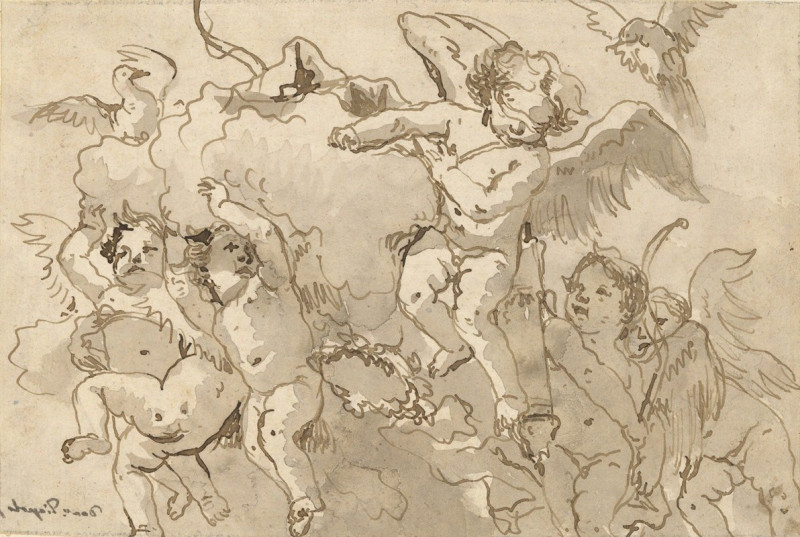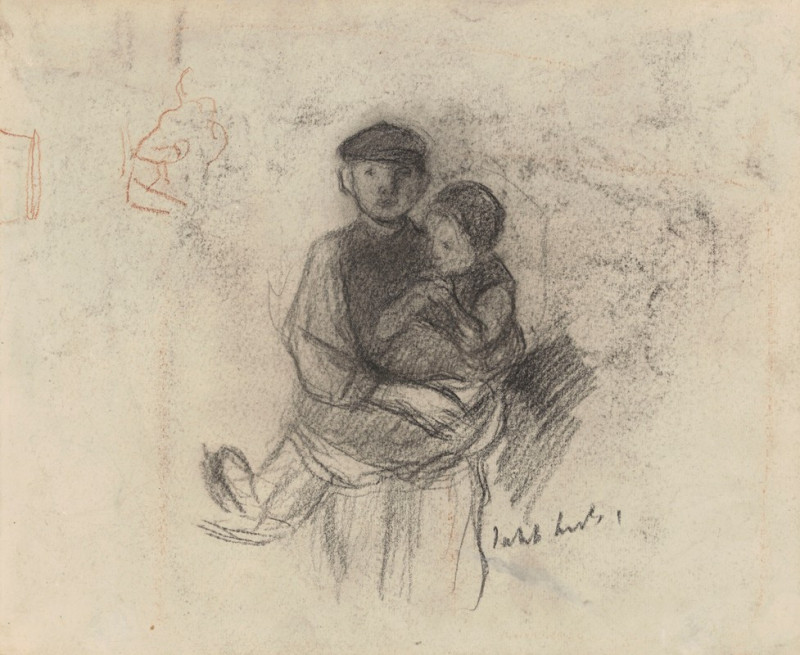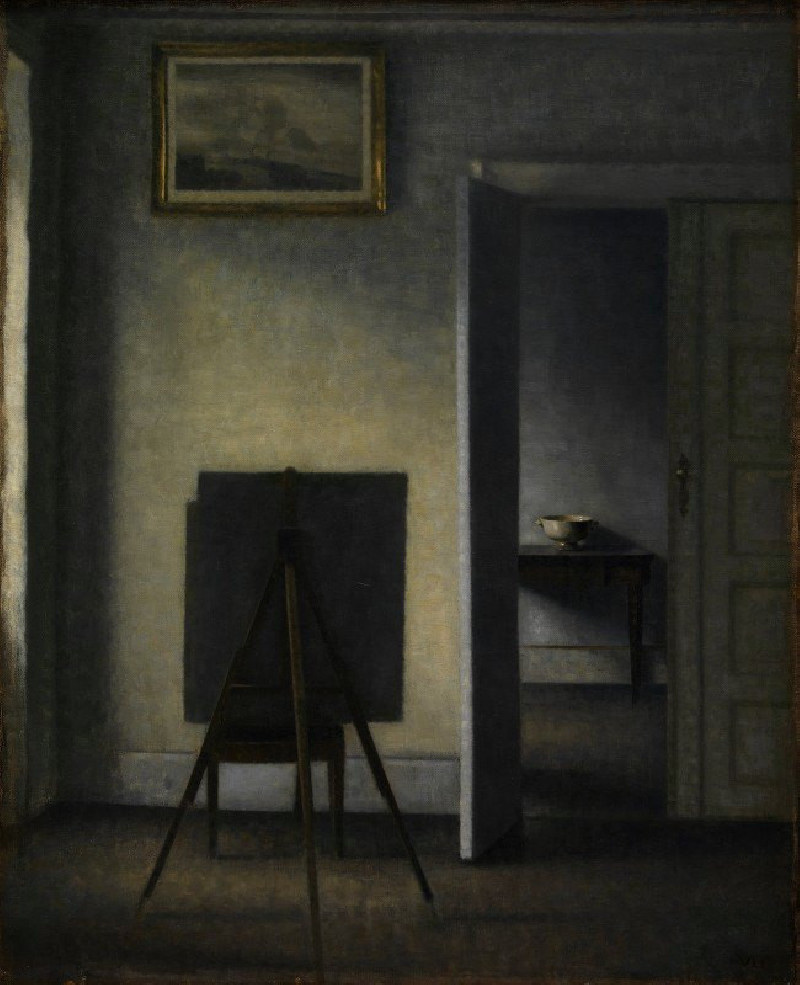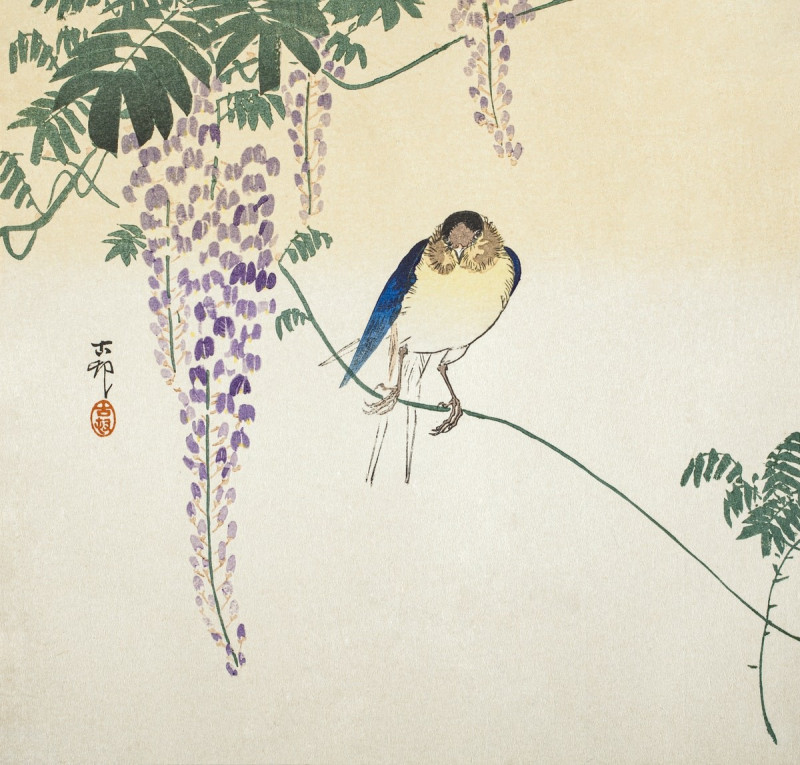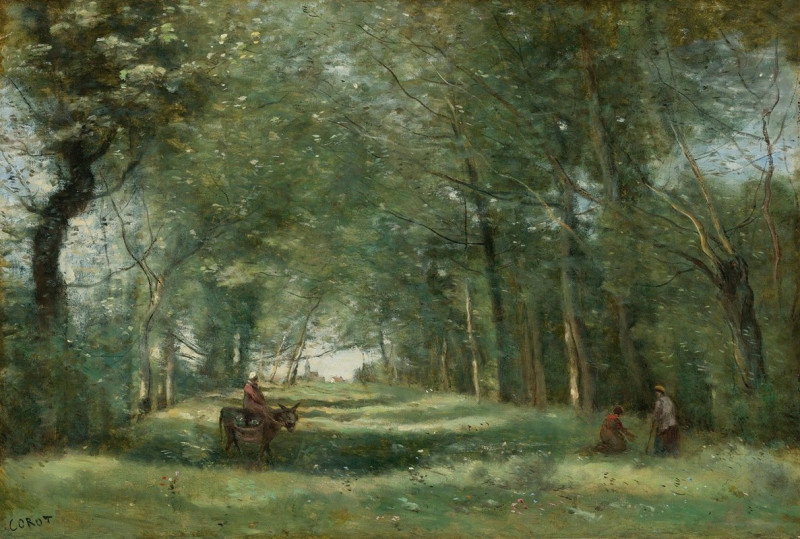Springtime of Life (1871)
Technique: Giclée quality print
Recommended by our customers
More about this artwork
"Springtime of Life" (1871) by Jean-Baptiste-Camille Corot beautifully captures the essence of youth and the transient beauty of spring. In this evocative painting, a young woman gracefully stands in a subdued forest landscape, where the soft, diffused light creates an atmosphere of gentle melancholy and introspection. She is dressed in a flowing pink gown that mirrors the tender hues of spring, complementing the subtle flush of nature around her.The woman's contemplative pose, looking downwards at a small bouquet of wildflowers in her hands, suggests a moment of quiet reflection or a private communion with nature. The delicate flowers, though small and seemingly insignificant, are rendered with care, symbolizing perhaps the fleeting moments of life and the fragile beauty of youth.Corot's masterful use of muted tones and soft brushstrokes enhances the dreamlike quality of the scene, enveloping the figure in a serene, ethereal light that seems to echo the fleeting nature of the season—and of life itself.
Delivery
Returns
Jean-Baptiste-Camille Corot was a French landscape and portrait painter as well as a printmaker in etching. He is a pivotal figure in landscape painting and his vast output simultaneously references the Neo-Classical tradition and anticipates the plein-air innovations of Impressionism.

